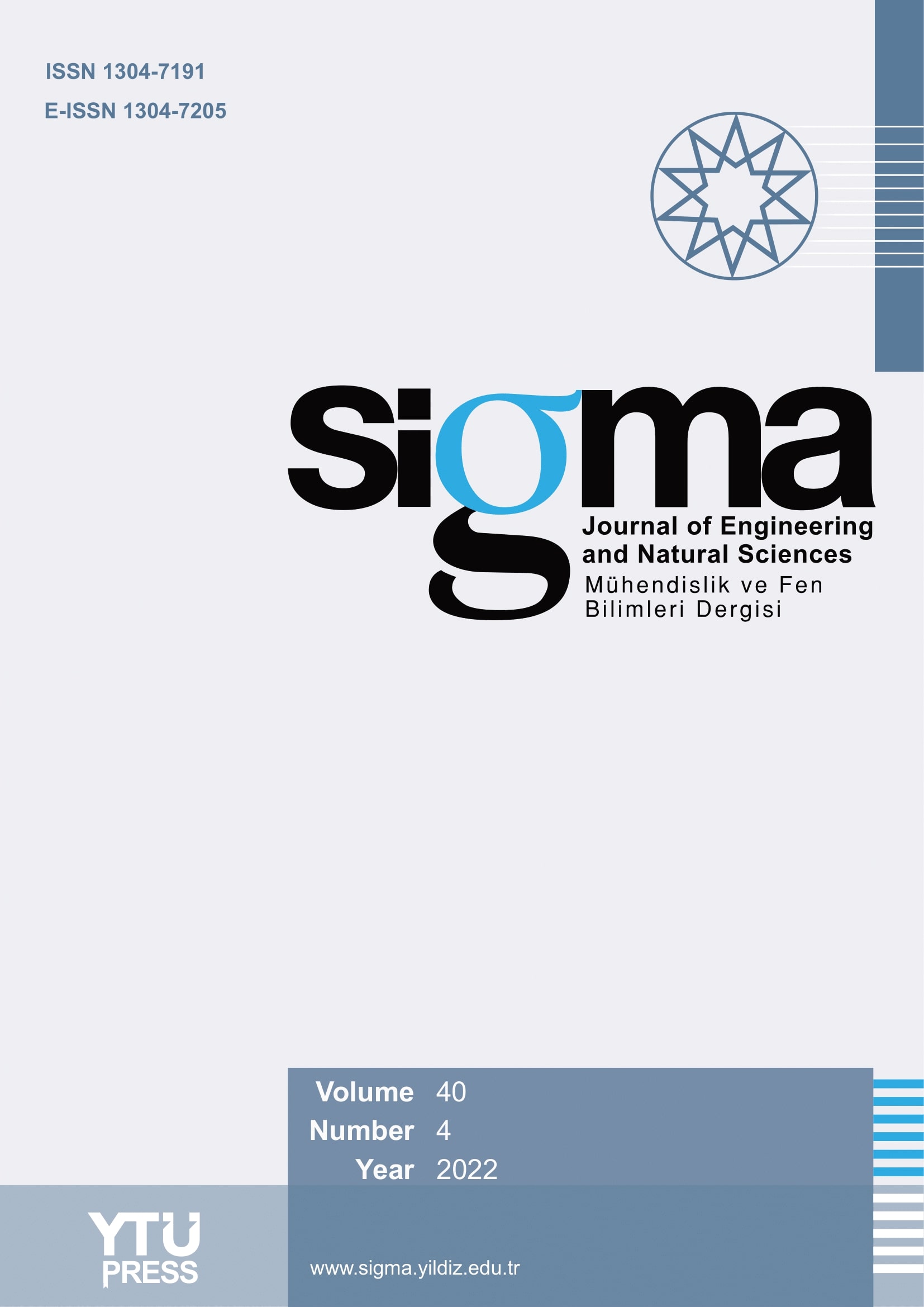Abstract
In this article, we investigated the steady-state motion of two-phase immiscible fluids through a rigid wall tube. The fluid confined in the mid-region is represented as Kuang-Luo (K-L) fluid and the outer, region is occupied by Newtonian fluid. Both the fluid is considered as an electrically conducting fluid and the fluid undergoes the electroosmotic effect when an electric field is applied to it, externally. Based on the circumstances, with an appropriate boundary condition the analytical formulation for the velocity profiles of the fluid, flow flux, motion in the plug core region, plug core radius and wall shear stress was done. The numerical analysis of simulation effects was made on the K-L parameters, electro-osmotic effect and yield stress. This case study reveals the fact that whenever the K-L parameter (θ2) and the yield stress(τ0) increases, the velocity profiles of the fluid decrease and the opposite behaviour is identified by increasing the electrokinetic term and K-L parameter (θ1) found in dealing with the wall shear stress properties. The significance of formulating the K-L constitutive equation using an empirical formula obtained from the experimental values of apparent viscosity, shear rate and yield stress of the human and canine blood samples provides the best approximate result. Aspired from this accuracy, the model has been constructed and analysed with appreciable values under the external electric field in the rigid circular conduit and the graphical results were displayed. A comparison of the various existing models with the present model was made and the applicability of the prescribed model provides a generalized case of non-Newtonian fluids like Casson fluid, Bingham Fluid and Newtonian fluid. Additionally, an analysis of the proposed mathematical model's significance on physiological applications has been discussed. For the first time, it is reported that for any value of the yield stress, the flow of two-phase immiscible fluids exhibits a realistic flow phenomenon when θ1 ≤ θ2. The coarse-grained consequential amount of declined percentage has been seen from the two-layered Newtonian-Newtonian model is approximately higher than the Casson-Newtonian (6.74%), Bingham-Newtonian (17.92%) and K-L-Newtonian (22.77%) in velocity profiles. In the absence of an electric field (Ue=0), Casson fluid is approximately 1.02% higher than the presence of an electric field (Ue=0.5) while dealing with wall shear stress and similarly for the K-L model (Ue=0) is appropriately greater than 0.078 % for Ue=0.5. The pressure drop (Δp) for the K-L parameter θ1=0.1, 0.2 is approximately 0.21 % higher than the θ1=0.3 for the fixed viscosity index θ2=0.3. The results of the prescribed model are highly beneficial for simulating electrically conductive lubricants as applications of the engineering field .















